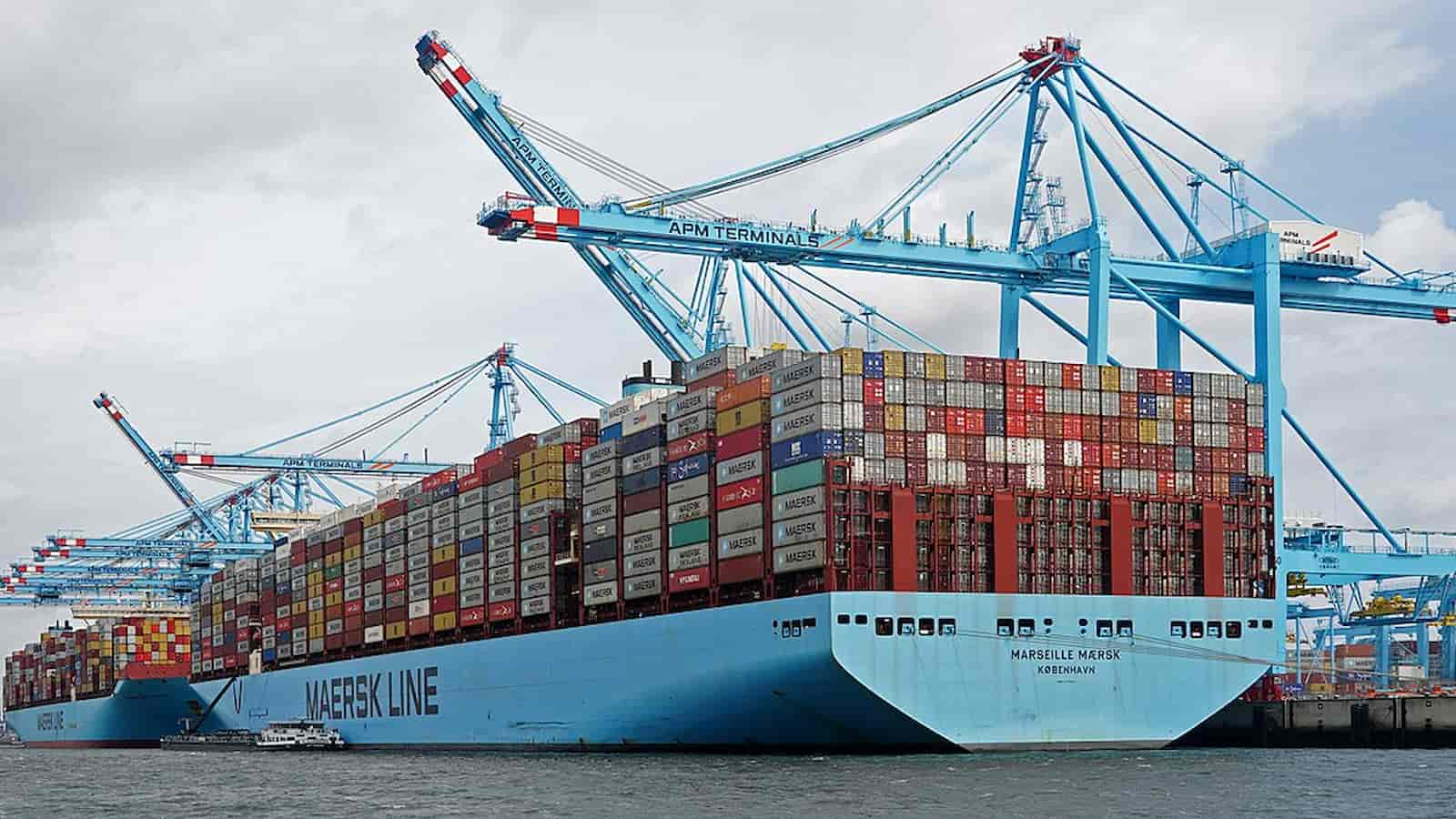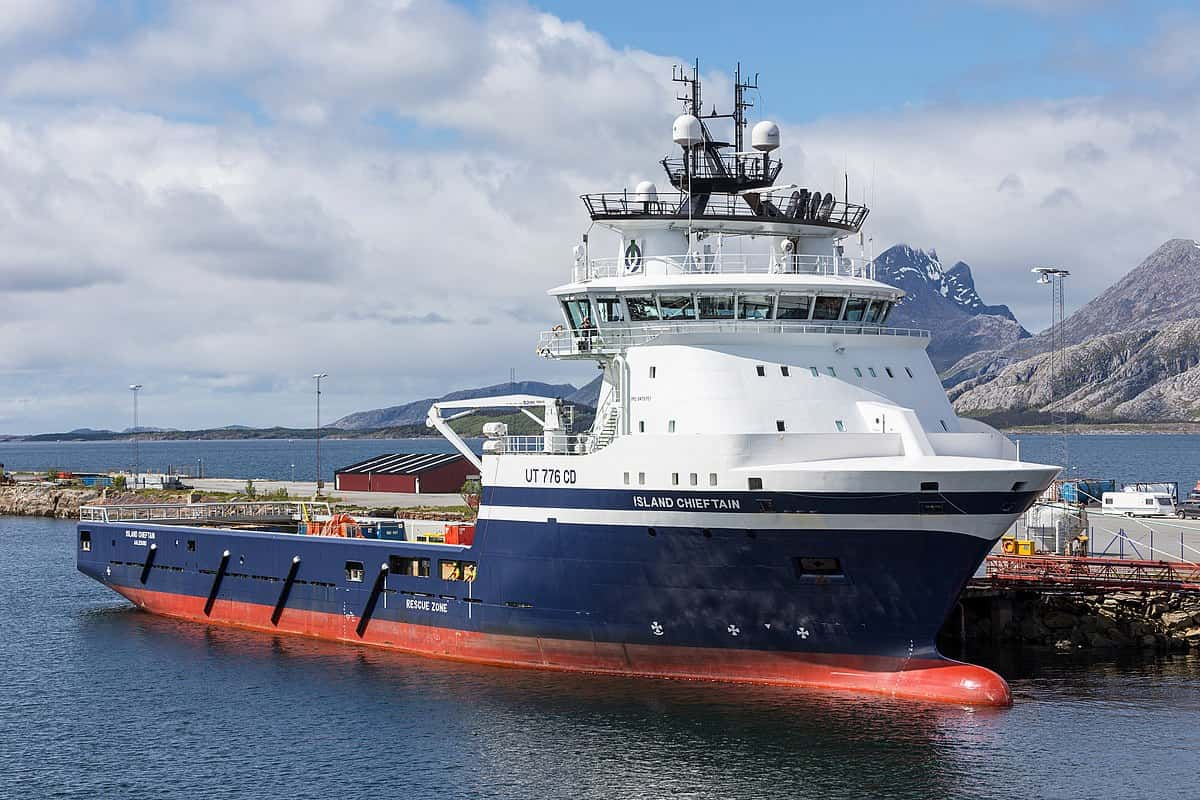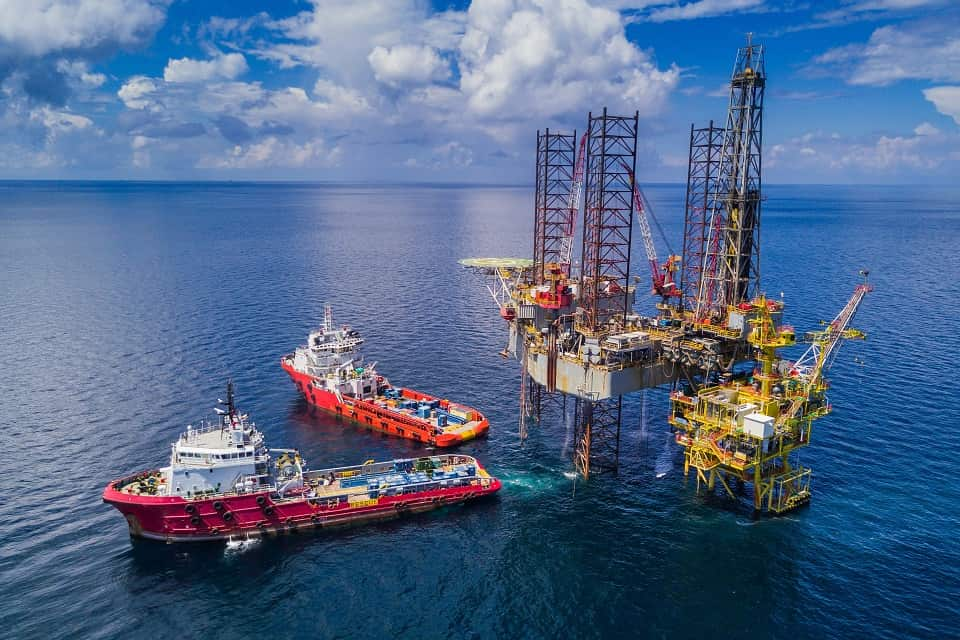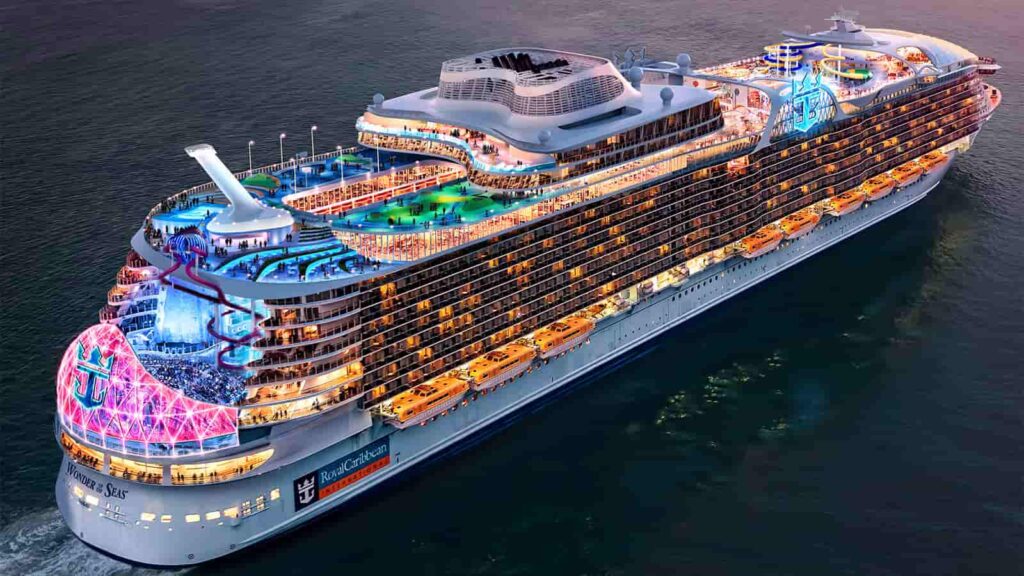Coaster Vessels: Every day, millions of vessels travel the enormous expanses of the world’s oceans. Numerous vessel classes and types are available for a wide range of applications.
Every type of vessel has distinct qualities, ranging from tiny fishing trawlers and recreational boats to enormous LNG tankers and container ships. Numerous characteristics, including manufacture, construction, structure, cargo kinds conveyed, and working conditions, are different across them.
Every kind of vessel is designed to operate in specific operational situations and carry a specific set of cargo.
Tankers and barges, for example, are not allowed to operate close to the coast because of the constant risk of running aground or, worse, capsizing and sinking.
In a similar vein, open ocean or sea weather and operational circumstances are too much for trawlers and fishing vessels to handle. As a result, a vessel that is designed and built to work well in each kind of environment is required.
Coastal sailing ships are a relatively unknown class of vessel that are essential to both domestic and international trade and commerce. These boats are known as “Coaster” boats informally.
Coasters generally work in and near a nation’s exclusive domestic seas or along its coastline.
While it normally refers to the nation where the vessel is legally registered, it can also refer to another country on the same continent. Later parts address cabotage, which is this possibility.
Coaster vessels are a vital component of the supply chain that nourishes nations and fosters trade. They play a more important role than just moving cargo around the country.
This essay will examine short-sea trading, the design and construction of coaster vessels, and their function.
Why are Coaster Vessels necessary?

Most countries’ coasts are hazardous areas to travel through and conduct business in. Coastal areas with naturally occurring landform features make it more difficult for ships to maneuver. These areas are full of hazards that have the potential to capsize and sink larger ships.
However, these areas tend to be quite successful for trading because of the science underlying Earth’s oceans and the global coastal pattern.
Backwaters, lagoons, inland rivers, and deltas are areas where civilization can grow and prosper. Large-scale industrialization and a rise in production follow this.
A country’s commercial and transportation sectors must be developed and expanded in order to support such operations.
Coaster loads tree trunks into the wastewater system
Sharply curved relief characteristics on the shore are referred to as indented coasts. These offer great naturally protected harbors where boats and other vessels can berth. Ports do well in these kinds of places.
However, because to the risk of running aground, huge ships like carriers, tankers, container ships, etc. are not allowed to access such areas. Compared to the open ocean, the sea or ocean gets shallower as one gets closer to the coast. This impacts a ship’s ability to berth in such locations and has to do with geological factors.
A ship’s draft, or minimum depth below the sea, is required by nautical and marine terminology. This maintains and stabilizes the boat’s support on the water’s surface. The quantity of water that the ship can access is directly correlated with this draft. Because of this, the boat will quickly rise beyond the allowable draft along shallow coastlines, destabilize, and eventually capsize.
What is Corvette Warship: From High-Performance Automobile to Naval Vessel
The existence of natural barriers like reefs and other physical relief structures is another problem. These are frequently seen near the seaside because of the flourishing coral and other marine life there.
They can be hazardous for ships to navigate since they could scratch and harm the keel and underside of the ship. Additionally, this will harm the coral and reef itself, which may have an impact on the nearby flora and animals. Because of all the problems that big ships may encounter, they are unable to pass close to these reefs.
Using shallower, smaller vessels that don’t have any of the aforementioned issues is the answer to this puzzle. They can easily stay stabilized because there are less drafts in the water.
Furthermore, the shallow hulls shield against unintentional contact with the nearby reefs and corals. Additionally, because of their lower size, they are easily relaunchable in the event of an unintentional grounding.
A coaster vessel is constructed to fulfill the aforementioned purposes.
They supply the many regions of the country and transport commodities within and around coasts. They often travel between a nation’s seaports, although they occasionally make trips between other countries that are on the same continent.
For example, most of the countries that make up the European Union (EU) are very close to one another. Coaster vessels therefore frequently engage in international trade and shipping.
What is trading and short sea shipping?
Coastal trading and shipping are commonly referred to as “short sea shipping and trading” within the European Union. However, a number of other nations have also embraced the phrase “short sea shipping” due to its growing popularity worldwide.
Short sea trading, as the term implies, is any trade conducted via marine motorways without requiring passage over an ocean or other significant body of water. While coastwise trading is primarily referred to as “short sea,” sea trading includes longer journeys.
The foundation of the short sea transportation sector are coaster vessels.
The definition of “coast” varies based on the context and source.
In order to comprehend and provide this phrase a clear definition, trade can be broadly divided into two categories:
- Trade in the deep sea, when a ship travels across vast seas and oceans. During a journey, they typically cover hundreds of thousands of kilometers.
- Short-sea trading is the practice of having a vessel stay inside a country’s territorial seas and exclusive zones without passing over any bodies of water larger than marginal seas.
In the following section, we will examine the design and construction of these vessels after gaining a thorough understanding of this kind of shipping and the numerous considerations.
Coaster Vessel Construction and Structure

A design perspective would reveal that coaster vessels are essentially the same as most boats or small ships, with a few essential operational variances.
The small size and shallow hull of coaster vessels make them unique.
We’ll analyze at the draft and gross tonnage to determine how this size fits into the maritime metrics classification. The majority of coaster boats limit their drafts to being between three and six meters from the keel.
When operating in extremely shallow seas, coaster vessels can carry a minimum of 1,000 deadweight tons (DWT), although they can carry up to 15,000 DWT when fully laden.
The weight of the cargo alone is included in the tonnage metrics provided here; the weight of the vessel is not included.
Due to their need for sufficient sunshine, most reefs and corals can grow anywhere from 5 to 10 meters below the surface within allowable approach ranges. Because of this, the load limits of various coasters vary based on the kind of area in which they are used.
To make sure that illegal drafts don’t disturb or harm the reef, government rules and restrictions are upheld. Because of their ability to preserve ecosystem balance, reefs are extremely important. Certain kinds of species can grow and swim in the area that the reefs and coastline protect.
Should a larger vessel breach the reef and cause a rip, there’s a good chance non-native species will find their way in and eventually wipe out the surrounding ecology. Governments therefore take great care to guarantee that the region is maintained immaculate and unspoiled.
The coaster boats are constructed from pieces and units that are put together in small docks designed to accommodate these kinds of boats. The majority of their accommodations are cargo holds and room for stowing items.
Owing to the anticipated short excursions, a bare minimum operating crew—between two officers and ten people—is maintained on board to assist with loading and unloading at different ports.
There are typically no living accommodations on board and just the officer’s bridge in the main superstructure. Conventionally, this structure is located either aft or fore, although depending on the kind of cargo and the rules governing such vessels, it may even be put midship.
Fore location is generally favored since it enables the crew to use visual cues to navigate the perilous depths of coastal roads. On the other hand, rear positioning makes surveillance of loading and unloading simpler.
Additionally, it makes it possible for the crew to rapidly and simply fix the propulsion system. Because it is difficult to reach either end of the ship in an emergency, midship bridges are uncommon. The type of bridge that the ship can handle will depend on the operating environment and port constraints.
Usually, the propulsion comes from outboard motors mounted at the back, rather than a full marine diesel engine.
Larger vessel classes are the primary users of diesel engines because to their mass. For coaster vessels, motorized systems are adequate. Depending on the gross vessel tonnage, one or two engines are employed.
It’s crucial to take precautions to make sure that the fluid mass the motors expel is at a draft strong enough to completely submerge them while also avoiding contact with the reef. It is positioned marginally above the keel for reference.
The holds are usually not separated by bulkheads because the vessel is small and waterproof. A journey’s worth of goods are secured and kept from rolling or becoming unstable with the help of provisions.
Nations and Common Operating Areas for Coaster Vessels

The United States, members of the European Union, England, and other nations are the primary users of coaster vessels and short sea trading for that purpose.
The Rotterdam Port in the Netherlands is the principal hub for short sea shipping in Europe. Belgium’s Antwerp Port is the second-biggest hub. These nations have been able to increase coastal trade and amass a sizable fleet of coaster vessels due to their highly indented coastline and numerous inland waterways.
The financial situation of these smaller locations has improved as a result of the growth into larger ports that service Europe. The government’s assistance of shipbuilders and coastal operators is a crucial factor in the rise in the coaster industry in several European countries. As a result, shipbuilding has also centered in this area. Furthermore, Europe’s locks and rivers make it simple to carry goods across the country, creating a profitable commercial potential.
Short sea transportation, which involves moving both cargo and people inside the country’s seaports, is also common in the Philippines. Only ships with legitimate government licenses—which are available by contacting the Philippine Maritime Industry Authority—can travel these routes. Several more laws have been implemented to guarantee the legal transportation of products via maritime commerce. This region’s abundance of water bodies makes it perfect for such brief maritime trade and commerce.
Coastal trading has been in the United States for several centuries, having its origins with slave trafficking vessels. Late in the eighteenth century, laws governing coaster vessels and their operations were progressively implemented. Owing to the country’s natural topography, there are many protected harbors and coves where trade can take place.
Similar to other countries, Canada boasts a flourishing coastal trading industry because of its abundance of natural lakes. Large-scale vessel commerce occurs on the Great Lakes as a result of government-backed efforts to grow the industry. Cross-border coastal trade is permitted under agreements between the US and Canada, subject to a number of rules and laws.
India has more than 7,500 kilometers of coastline. This offers coastal traders a great resource. In addition, the country is home to a large number of inland rivers that link several nodal locations. The coastal trading sector has not yet reached its full potential, nevertheless.
It has been challenging for this industry to fully utilize the abundance of maritime resources due to several issues. The Indian government has launched several programs in the past several years to expand both the inland and coastal sectors. Shipping is a feasible option that is necessary for a nation’s economic development because it is among the least expensive modes of transportation.
Crane Vessels: Essential Seagoing Ships for High Seas Construction
A Concise Overview of Cabotage Trading

Typically, only national enterprises and operators are permitted to operate in coastal waters. Coastal trade is very significant since it provides a vital economic boost to many coastal regions that would not otherwise be able to benefit from shipping traffic because of their location. As a result, business likewise prospers. But depending on a foreign entity for necessary shipping shipments can have drawbacks, particularly near the shore.
If the corporation leaves, there will be no way to get goods to other seaports, paralyzing the entire coastline. Additionally, coastal seas offer suitable places for potential battleship and submarine attack routes. Finally, there’s a good chance that a foreign business will acquire a monopoly on this crucial service. This will result in joblessness near the coast.
It is clear from this that permitting foreign businesses or operators to operate in the coastal trading sector can have a significant impact on a country’s finance, trade, and defense. As a result, most nations forbid foreign involvement in the coastal shipping industry.
Nonetheless, some countries that have a common accord or charter allow international involvement. We call this cabotage.
The operating of coaster vessels owned by one country within another’s coastal waters for trade and commerce is known as “cabotage” in the marine industry. Its original meaning, “to travel along the coast,” was derived from the French term caboter. It was first used about the maritime industry, but it is currently applicable to railroads and aircraft as well.
The foreign corporation may be required to pay a premium or a portion of the earnings in exchange for cabotage rights. Laws concerning cabotage regulations varies throughout nations.
The United States forbids the operation of any foreign-built, staffed, owned, or operated vessel for coastal trade within US ports. At the moment, Indonesia allows cabotage rights subject to many rules and limitations on the running company.
The European Union permits cabotage among its member nations. When it comes to cabotage by more recent EU members like Greece, Spain, and Portugal, the regulations are tight and stringent. This aims to stop accidents and other disasters from happening because these countries are relatively new to coastal rules and regulations.
The international convention on Goods Carriage by sea established the Hague-Visby Rules, which set down several guidelines for this kind of coastal business. In addition to local legislation, all vessels engaged in short-sea trading and shipping must abide by these rules.


